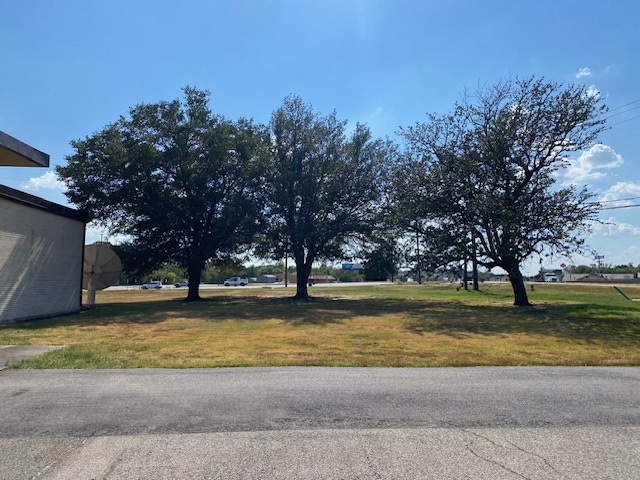July 23, 2024 – Trees play a significant role in the landscape, specially in east Texas. There is a strong association between the east Texas and the presence of big oaks or pecans. We all have memories of our childhood playing or spending time around a big tree. Trees are, from my perspective, magnificent creatures. The Texas A&M AgriLife Extension provides detailed guidance on tree care to help maintain the health and vitality of trees in Texas. Here are some essential practices recommended by the extension service: Tree Selection: Right Tree, Right Place: Choose tree species that are well-suited to your local climate, soil type, and available space. Consider mature size, growth rate, and water needs. Chinese Pistache, Oaks, Pecans and crape myrtle trees can be a great selection depending of the expected impact in the landscape.
Planting: Optimal Timing: Plant trees during the fall or early spring when the weather is cooler and rainfall is more likely. Dig a hole that is 2-3 times wider than the root ball and the same depth as the root ball. Place the tree in the hole so the root flare is at or slightly above ground level.
Watering: New Trees: Water newly planted trees regularly and deeply. For the first two years, keep the soil consistently moist but not waterlogged.
Established Trees: Water established trees deeply once or twice a month during dry periods. Apply water slowly to allow deep penetration.
Mulching application: Spread a 2-4 inch layer of mulch around the base of the tree, extending to the drip line if possible. Keep mulch a few inches away from the trunk. Mulch helps retain soil moisture, regulate soil temperature, and suppress weeds.
Pruning: Timing: Prune trees during their dormant season (late winter to early spring) for most species. Avoid heavy pruning during the growing season.
Remove dead, diseased, or damaged branches first. Use clean, sharp tools to make cuts just outside the branch collar. Do not over-prune; maintain the tree’s natural shape. Fertilization: Conduct a soil test to determine nutrient needs. If needed, apply a balanced, slow-release fertilizer in early spring or late fall. Avoid over-fertilizing.
Check trees regularly for signs of pests or diseases, such as discolored leaves, abnormal growths, or insect activity. Control Methods: Use integrated pest management (IPM) strategies, which may include cultural practices, biological controls, and chemical treatments if necessary.
General Care : Keep the area around the tree base free of weeds and grass to reduce competition for water and nutrients. Stake young trees only if necessary for stability. Remove stakes after one year to encourage strong trunk and root development. Protect trees from damage by lawn equipment and animals with physical barriers or guards. For detailed guidance and region-specific advice, refer to the Texas A&M AgriLife Extension’s tree care resources or call the Hopkins County Extension Office at 903-885-3443 or email me at [email protected].






